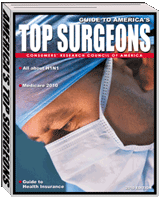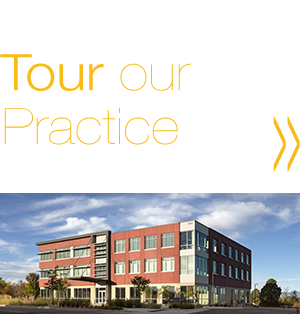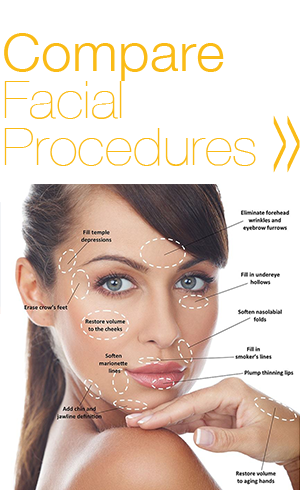Denver Facelift Procedures, Part 2
The three basic types of facelifts being performed today are:
Mini-lift
As the name suggests, a mini-lift is the least invasive of all facelifts. Younger patients with early aging changes in their jaw line are the best candidates for this type of lift. A mini-lift will not adequately address significant aging changes in the neck or cheek area. It is performed through limited incisions in front of the ear to target the underlying muscle layer (SMAS) in a more limited fashion.
This less invasive type of facelift does not necessarily mean minimal results. Whether a mini-lift is the right choice for a patient depends on the degree of aging that needs to be addressed. Ideal patients for a mini-lift have not fully aged. A mini-lift should not be performed on a patient who needs a more extensive facelift, though. Such a patient would likely only see minimal results.
Standard Facelift
A standard facelift is the most commonly performed facelift. It is also known as a regular facelift, an intermediate facelift, an extended SMAS facelift, and a traditional facelift. This type of facelift addresses aging in the jaw line and moderate neck laxity, which is why incisions typically go around the ear to allow the surgeon access to both areas. Recovery is longer than for a mini-lift, but not by much time. The muscle layer (SMAS) is addressed and mobilized in a more thorough fashion compared to a mini-lift. This prolongs the result and restores the youthful contours of the face and neck.
Full Facelift
A full facelift is the gold standard for patients with extensive aging in the cheeks, jaw line, and neck. It is also known as a deep plane facelift. A full facelift addresses the drooping soft tissue apparent in an aging face. It is the most effective procedure and has the longest recovery time, typically 10 to14 days before a patient resumes public life. The incisions are the same as those used in a standard facelift, but the scope of surgery is broader.
Trademarked facelifts, for example the “Lifestyle Lift®,” have catchy names that provide a branding mechanism. Most of these lifts fall into the mini-lift category, but they may also cross-over into a standard facelift, depending on the surgeon. Since they are mainly mini-lifts, they are less involved and “quick,” theoretically able to be performed over a “lunch time break,” which provides the basis for many of the names. From a technical standpoint, there is nothing unique about them other than the name. Regardless of the name, what is important to ascertain is the extent of the surgery and whether the muscle layer (SMAS) is being appropriately addressed. No facelift will last if the SMAS is not appropriately addressed.
My knowledge of facelifts comes from performing over 2,000 of them. Most have been standard facelifts, with the rest equally divided between full facelifts and mini-lifts. What differentiates me from many cosmetic surgeons is my ability to perform most facelifts under local anesthesia (like at the dentist) with the patient awake and comfortable. This reduces the anesthetic risk, speeds recovery, and reduces the cost. I offer patients their choice of setting – local anesthesia, sedation or general anesthesia – to match their preferences. Why settle for a minlift when you can get a standard lift under the same settings and recovery period.
Facelifts are my passion. Having performed such a large number of them, I have an appreciation for the aesthetic needs that are unique to every patient. It is not enough to merely perform the core maneuvers that constitute a facelift. A cosmetic surgeon must also address the subtle differences of each patient and include fine touches to create an amazing and natural result.
This entry was posted on Wednesday, December 9th, 2009 at 9:34 am and is filed under Facelift, Facial Rejuvenation, Full Facelift, Home, Mini Facelift, Standard Facelift.
You can follow any responses to this entry through the RSS 2.0 feed.
You can leave a response, or trackback from your own site.



 "America's Top Surgeons" 5 Years in a Row
"America's Top Surgeons" 5 Years in a Row



